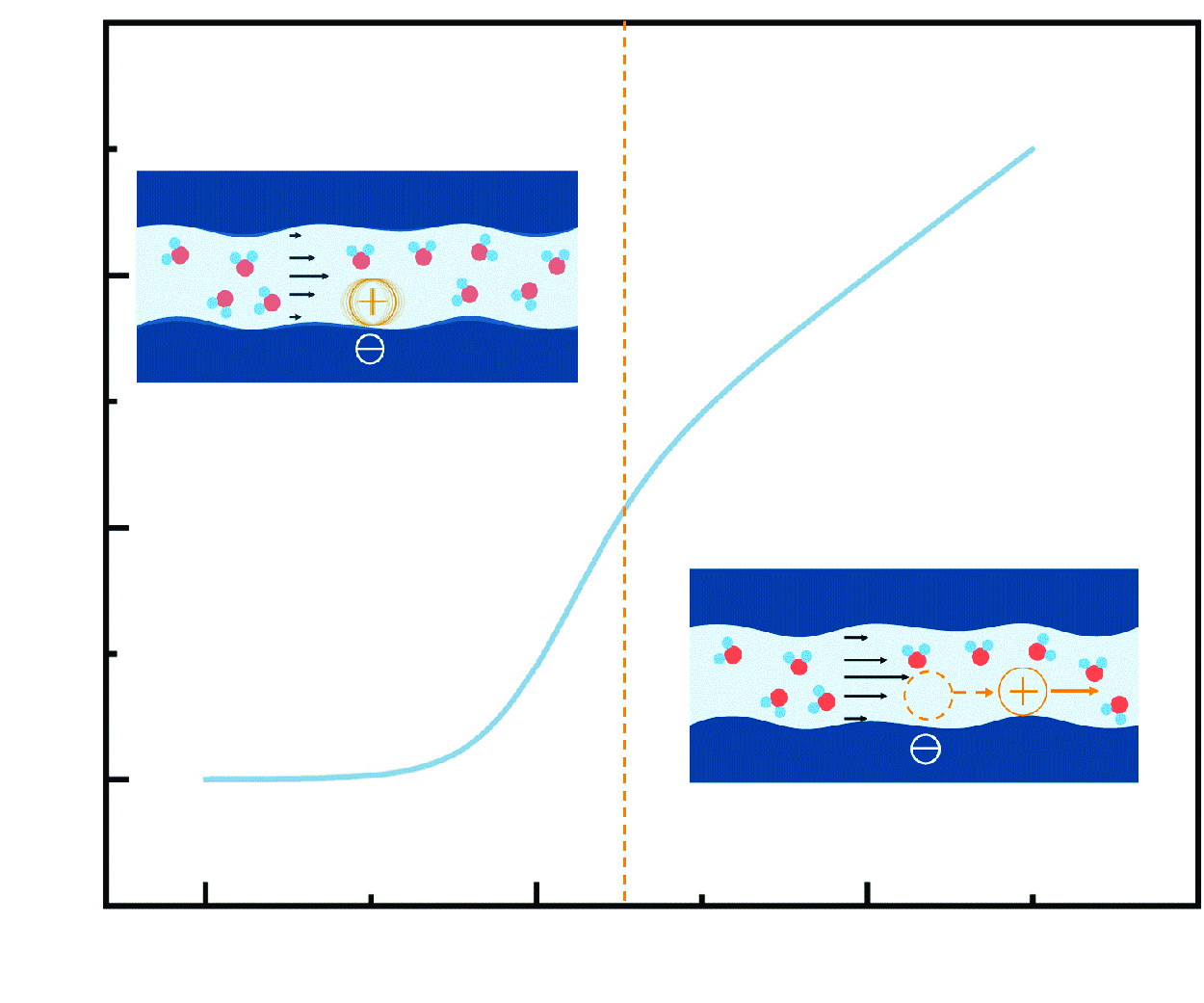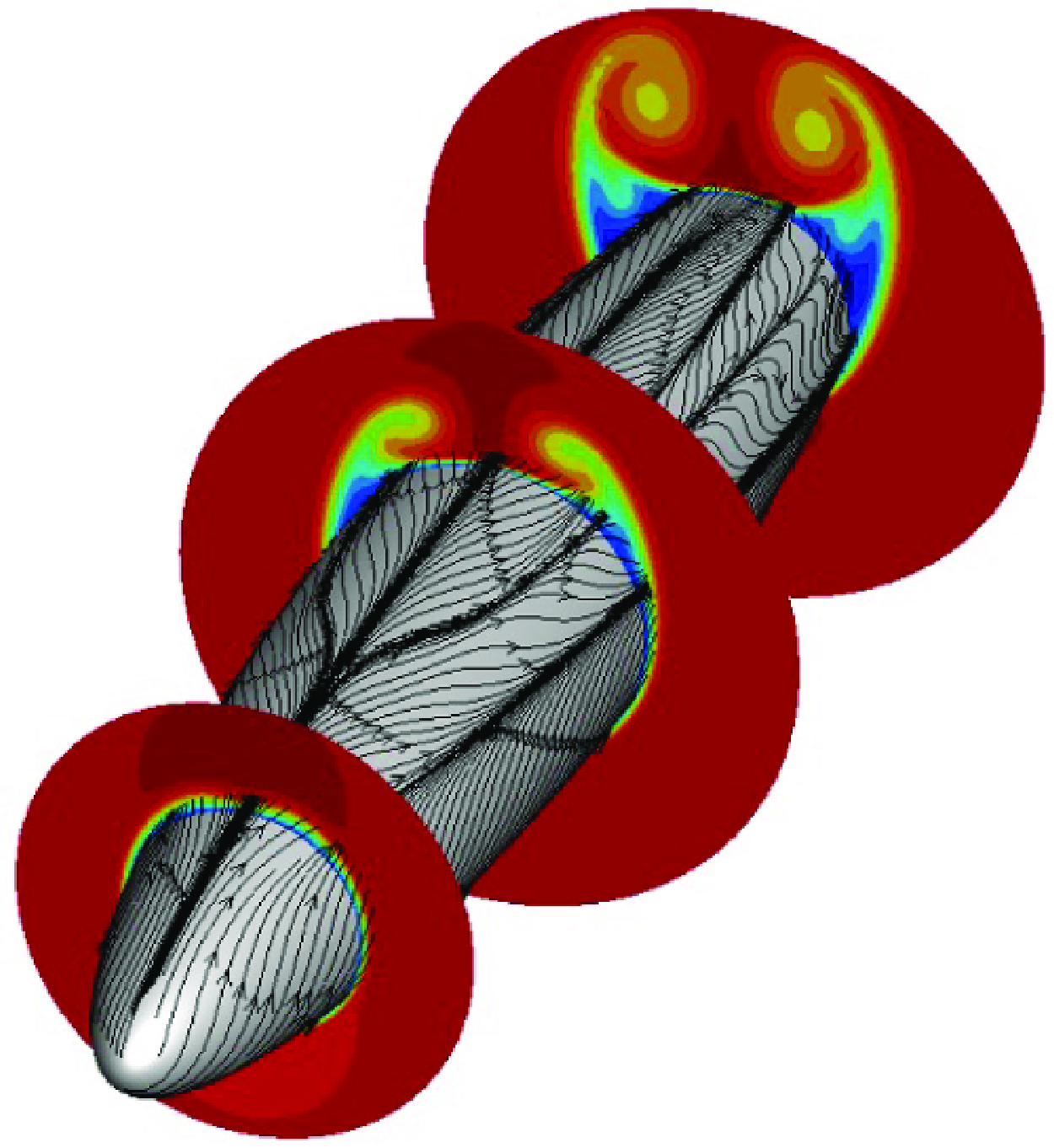Refine listing
Actions for selected content:
1418331 results in Open Access
Vessel Wall Imaging for Identifying Symptomatic Atherosclerotic Plaque in Perforating Artery Stroke
-
- Journal:
- Canadian Journal of Neurological Sciences , First View
- Published online by Cambridge University Press:
- 16 July 2025, pp. 1-2
-
- Article
-
- You have access
- Open access
- HTML
- Export citation
Christopher Ehret. Ancient Africa. A Global History, to 300 CE. Princeton University Press, Princeton (NJ) [etc.] 2023. xii, 210 pp. Ill. Maps. $27.95; £22.00. (Paper, E-book: $19.95; £14.95.)
-
- Journal:
- International Review of Social History / Volume 70 / Issue 1 / April 2025
- Published online by Cambridge University Press:
- 16 July 2025, pp. 175-178
-
- Article
- Export citation
Multi-asset return risk measures
-
- Journal:
- ASTIN Bulletin: The Journal of the IAA / Volume 55 / Issue 3 / September 2025
- Published online by Cambridge University Press:
- 16 July 2025, pp. 668-694
- Print publication:
- September 2025
-
- Article
- Export citation
In Search of Ned: A Zulu Man in Mid-Victorian Britain
-
- Journal:
- Journal of British Studies / Volume 64 / 2025
- Published online by Cambridge University Press:
- 16 July 2025, e20
-
- Article
-
- You have access
- Open access
- HTML
- Export citation
Measuring the Quality of Answers in Political Q&As with Large Language Models
-
- Journal:
- Political Analysis , First View
- Published online by Cambridge University Press:
- 16 July 2025, pp. 1-18
-
- Article
- Export citation
Bogged down ELT, bailed-out CLT?: Translanguaging steps in A context-sensitive response to Bangladesh’s ELT crisis
-
- Journal:
- English Today , First View
- Published online by Cambridge University Press:
- 16 July 2025, pp. 1-8
-
- Article
- Export citation
Liberalism as a Way of Life. By Alexandre Lefebvre. Princeton, NJ: Princeton University Press, 2024. 285p.
-
- Journal:
- Perspectives on Politics / Volume 23 / Issue 3 / September 2025
- Published online by Cambridge University Press:
- 16 July 2025, pp. 1185-1187
- Print publication:
- September 2025
-
- Article
-
- You have access
- HTML
- Export citation
Angstrom-scale ionic streaming when the electrical double-layer concept fails
-
- Journal:
- Journal of Fluid Mechanics / Volume 1015 / 25 July 2025
- Published online by Cambridge University Press:
- 16 July 2025, A13
-
- Article
- Export citation
Factors affecting the confidence of surgical trainees: a systematic review and thematic analysis
-
- Journal:
- The Journal of Laryngology & Otology , First View
- Published online by Cambridge University Press:
- 16 July 2025, pp. 1-8
-
- Article
- Export citation
Bridging gaps in ecological security: spatial conservation prioritization through balancing ecological features in a great Chinese city
-
- Journal:
- Environmental Conservation / Volume 52 / Issue 3 / September 2025
- Published online by Cambridge University Press:
- 16 July 2025, pp. 139-148
-
- Article
- Export citation
Lowland heath forests of Indonesian Borneo: ecological value and conservation challenges
- Part of
-
- Journal:
- Journal of Tropical Ecology / Volume 41 / 2025
- Published online by Cambridge University Press:
- 16 July 2025, e19
-
- Article
-
- You have access
- Open access
- HTML
- Export citation
Data skepticism and capacity for data-based decisions: The case of reclassifying English learners with disabilities
-
- Journal:
- Studies in Second Language Acquisition , First View
- Published online by Cambridge University Press:
- 16 July 2025, pp. 1-22
-
- Article
-
- You have access
- Open access
- HTML
- Export citation
Cardiology across continents: key lessons from a case-based discussion
-
- Journal:
- Cardiology in the Young / Volume 35 / Issue 7 / July 2025
- Published online by Cambridge University Press:
- 16 July 2025, pp. 1450-1452
-
- Article
- Export citation
The Overlooked Legacy: Genetic Contributions of the Childless
-
- Journal:
- Twin Research and Human Genetics / Volume 28 / Issue 3 / June 2025
- Published online by Cambridge University Press:
- 16 July 2025, pp. 234-240
-
- Article
-
- You have access
- Open access
- HTML
- Export citation
B. Moring, Women in the Factory, 1880–1930: Class and Gender (Woodbridge: Boydell & Brewer, 2024). Pages 312 + illustrations 5. £95.00 hardback.
-
- Journal:
- Continuity and Change , First View
- Published online by Cambridge University Press:
- 16 July 2025, pp. 1-3
-
- Article
- Export citation
Does the Relative Education Model Explain Turnout Across Racial and Ethnic Groups?
-
- Journal:
- Journal of Race, Ethnicity and Politics / Volume 10 / Issue 3 / November 2025
- Published online by Cambridge University Press:
- 16 July 2025, pp. 650-663
-
- Article
-
- You have access
- Open access
- HTML
- Export citation
Complications of Carotid Artery Stenting: A Real-World Cohort Study in Canada before and during the COVID-19 Pandemic
-
- Journal:
- Canadian Journal of Neurological Sciences , First View
- Published online by Cambridge University Press:
- 16 July 2025, pp. 1-9
-
- Article
- Export citation
Government procurement, climate change perceptions, and corporate green technology innovation in China
-
- Journal:
- The Economic and Labour Relations Review ,
- Published online by Cambridge University Press:
- 16 July 2025, pp. 1-20
-
- Article
- Export citation
Vorticity dynamics and drag for flows over a sphere and a prolate spheroid
-
- Journal:
- Journal of Fluid Mechanics / Volume 1015 / 25 July 2025
- Published online by Cambridge University Press:
- 16 July 2025, A9
-
- Article
-
- You have access
- Open access
- HTML
- Export citation
Traumatic Acute Subdural Hematoma with Actively Bleeding Middle Meningeal Artery
-
- Journal:
- Canadian Journal of Neurological Sciences , First View
- Published online by Cambridge University Press:
- 16 July 2025, pp. 1-2
-
- Article
- Export citation









